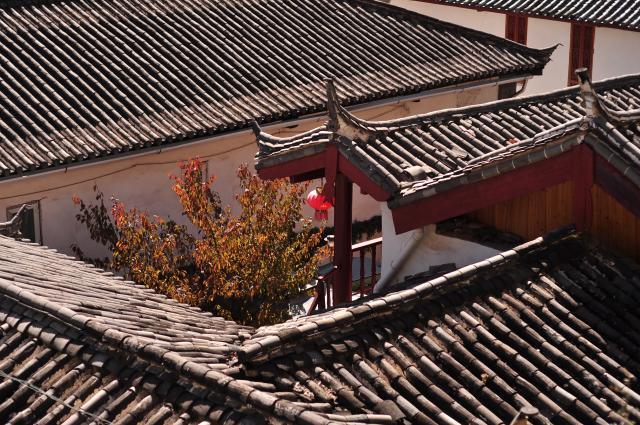By Shelby Brooks
VCAT has upheld Cardinia Council’s decision to block the development of an 18 bedroom traditional Chinese dwelling off Army Road in Pakenham.
The 385 square metre two-storey siheyuan (historic style Chinese home) was set to be almost 15 times larger than a normal house.
According to the VCAT report, the development was slated to fall within a Green Wedge Zone at 55 Mullane Road behind the Cardinia Lakes estate and used by the applicant Jintao Zhou’s multigenerational extended family which are in the process of migrating to Australia.
The plans also included a 14 car garage, several living areas, kitchens, meals areas, gyms, prayer rooms and a martial arts room.
A central internal courtyard featured a swimming pool.
All 18 bedrooms would have had an ensuite, with eight of the bedrooms including a living area/retreat.
Councillors unanimously voted down the proposal in February this year after receiving 23 objections to the development.
In his report, VCAT presiding senior member Geoffrey Code he didn’t agree with Cardinia Shire Council’s original reasons to refuse the permit- that the development would adversely affect productive agricultural land.
“Zhou submits the subject land will continue to be used for agriculture. No farm infrastructure is proposed to be demolished or removed as part of this application,” Mr Code said.
“I observe that the application does not include any fencing around the proposed dwelling, so it is unclear how much of the southern paddock will be taken up with the dwelling and its curtilage.
“However, having regard to my findings regarding landscape impact, it is unnecessary to determine this ground of refusal.”
Mr Code did however deem the development unsuitable due to its location on the northern hills of Cardinia Shire.
From certain vantage points, Mr Code said the development will be a “prominent intrusion into the landscape.”
“The proposed building is the wrong length, width, height and volume for its position on the subject land. The impact on the landscape is unreasonable,” Mr Code said.
“I acknowledge that Zhou has tried to locate the dwelling below the highest point or peak of the subject land to minimise its landscape impact.
“However, having regard to the location of the dwelling near the secondary ridge and its resulting intrusion into the landscape, his efforts have ultimately been unsuccessful.”







